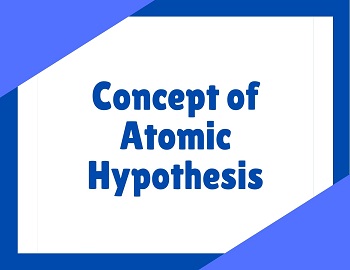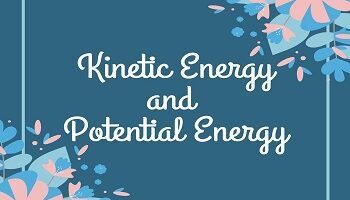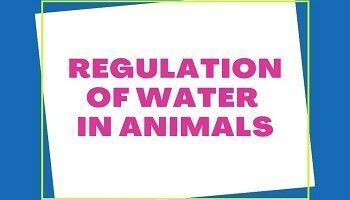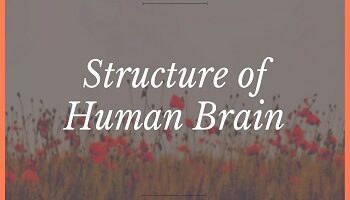Concept of Atomic Hypothesis:
Chemists have found that all materials are formed by various combinations of a small number of fundamental substances. These fundamental substances are called chemical elements. Analysis of naturally occurring materials has shown that there are only 94 such fundamental substances. A few more elements have been produced artificially in laboratories by scientists. Hydrogen, carbon, oxygen, silver, lead, are some of the examples of naturally occurring elements while berkelium, einsteinium are examples of artificially produced elements.
The combination of various elements results in a variety of materials. For example, a combination of hydrogen and oxygen gives rise to water. Sugar is nothing but a combination of carbon, hydrogen and oxygen in some definite proportions. Materials produced by the combination of chemical elements are called chemical compounds.
About 2800 years ago, Greek philosophers wondered as to what would happen if we go on dividing a small piece of an element, say a lump of copper. Would it continue to break into smaller and smaller pieces? Somehow, it was believed that after a certain stage it would not be possible to cut it further into still smaller parts. The name atom was given to that ultimate particle which is beyond further sub-division. In fact, the word atom means uncut or indivisible.
The idea of atoms was later adopted by Dalton in his famous theory known as Dalton’s atomic theory. The present definition of an atom is as follows- “An atom is a particle indivisible in chemical changes”.
It was believed by Dalton that atoms of the same element are alike but differ from atoms of other elements. It was also believed that atoms of a particular element have fixed mass and are indestructible. However, with the discovery of isotopes and other important researches done in modern times Dalton’s atomic theory has been drastically modified.
Atoms are extremely small particles. The size of an atom is of the order of 10-10 m. The masses of individual atoms range from 10-27 kg to 10-25 kg.
Chemical compounds are formed by certain combinations of chemical elements in definite proportions. What would happen if a small piece of a compound is divided into smaller and smaller pieces? It is believed that a stage would ultimately come beyond which any further sub-division would drastically alter the chemical properties of the substance.
The smallest particle of a chemical compound having its properties is called a molecule.
Since a chemical compound is formed by a combination of chemical elements, a molecule must contain atoms of those elements in the right proportions.
A molecule of a chemical compound is a group of atoms of different elements. It is found that atoms of individual elements, in general, do not exist in the free state but they exist in groups. For example, two oxygen atoms group together to form what is known as a diatomic molecule of oxygen. Those molecules which are formed of three atoms are called triatomic molecules. Keeping in view the fact that only a few atoms exist free and the majority of them form groups, the definition of the molecule has been extended. We now define a molecule as follows-
A molecule is the smallest particle of an element or compound capable of independent existence in nature. Molecule of a chemical element contains one or more atoms of the same kind while molecules of chemical compounds have atoms of different kinds.
The modern theory of matter is based on three fundamental statements-
- All substances consist of tiny particles- atoms and morecules, i.e., the matter has a discrete structure.
- Atoms and molecules are in continuous motion.
- There exist forces of interaction between the atoms and molecules.









Comments (No)